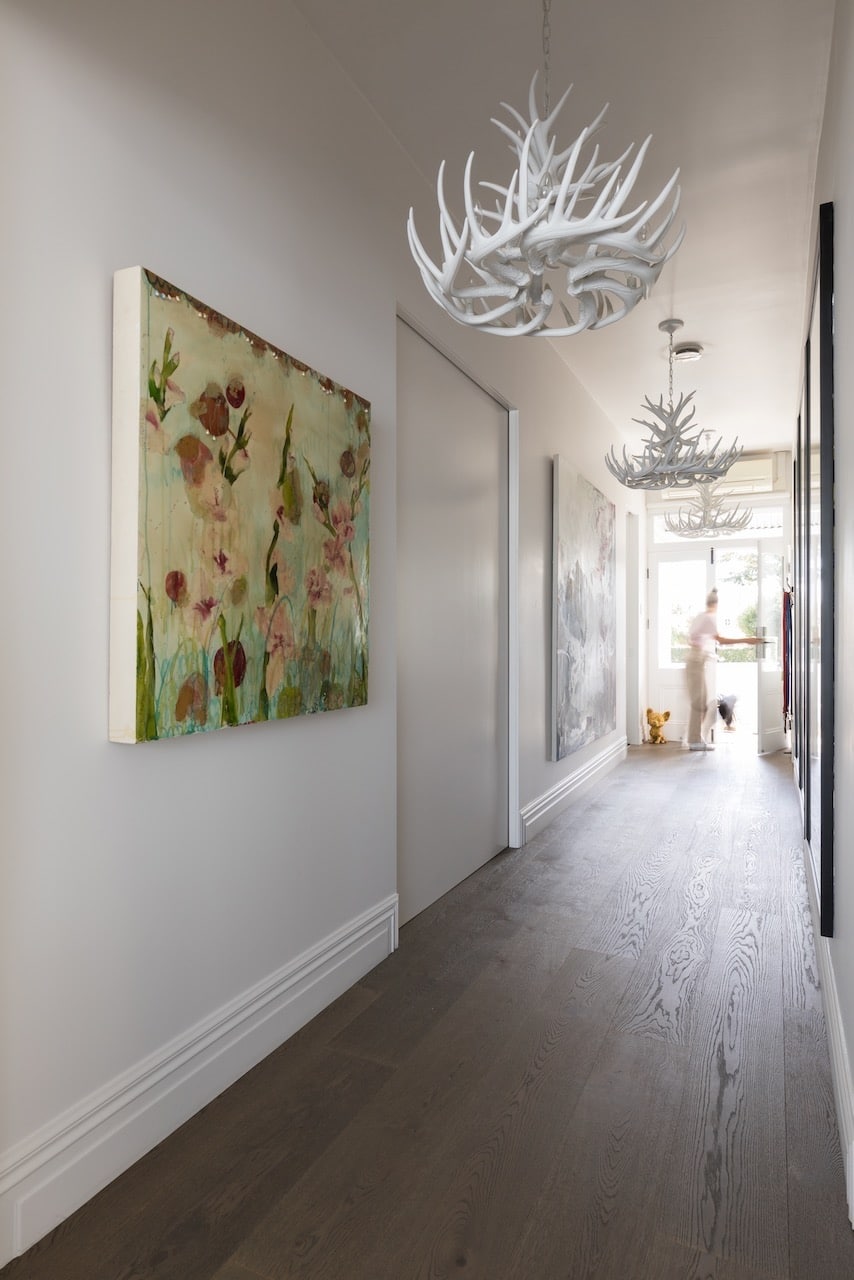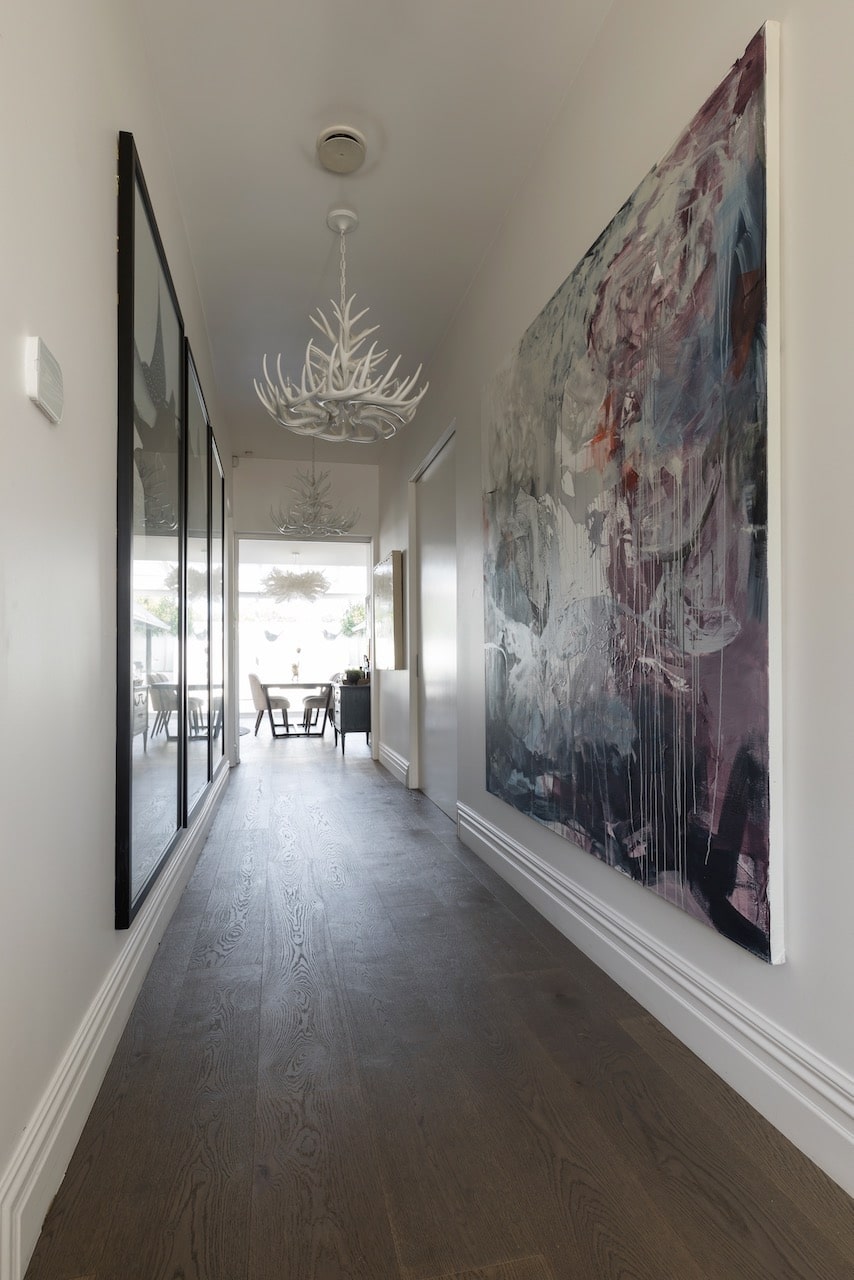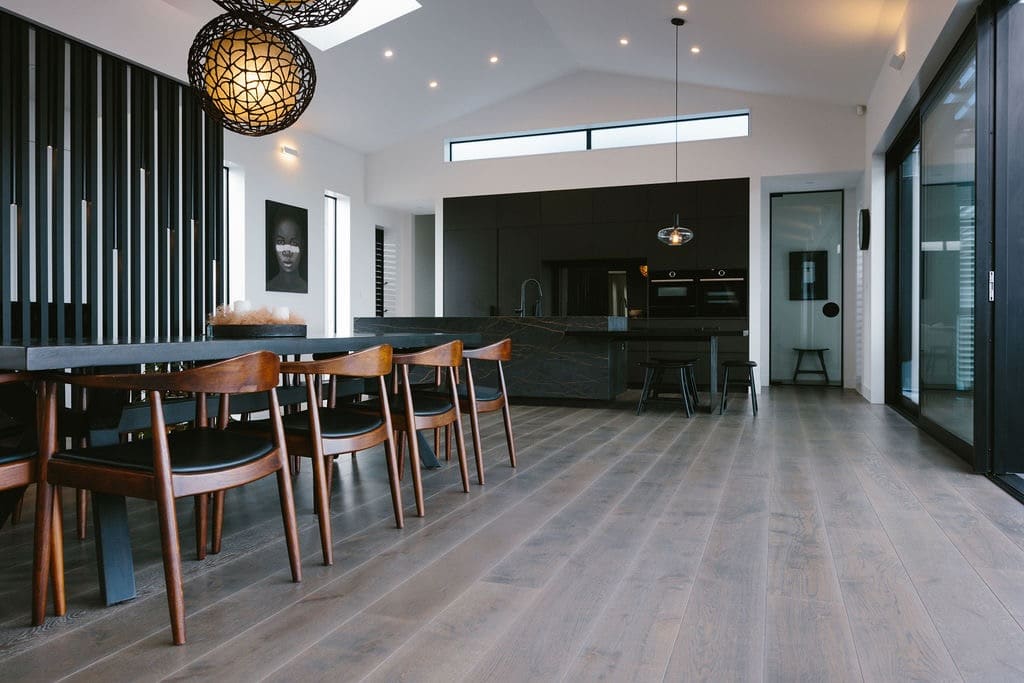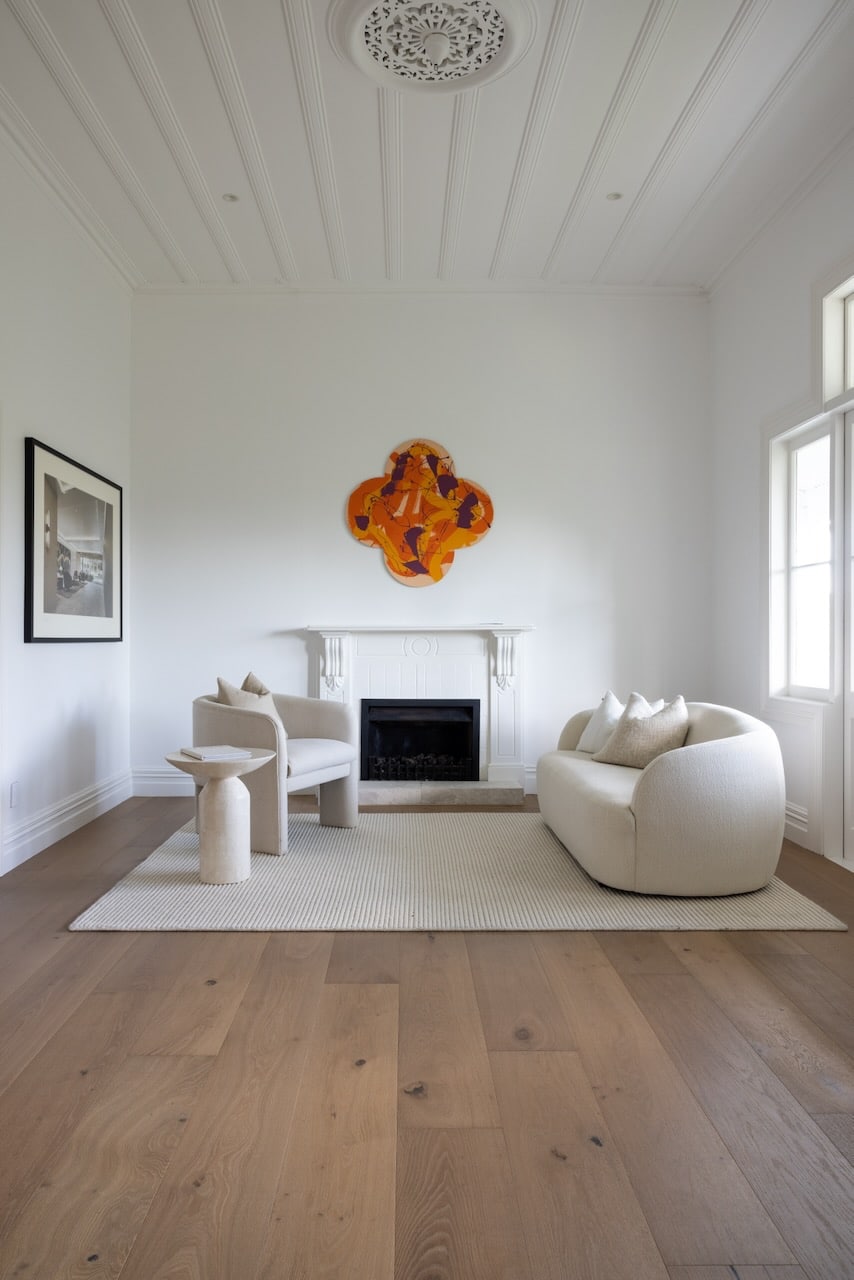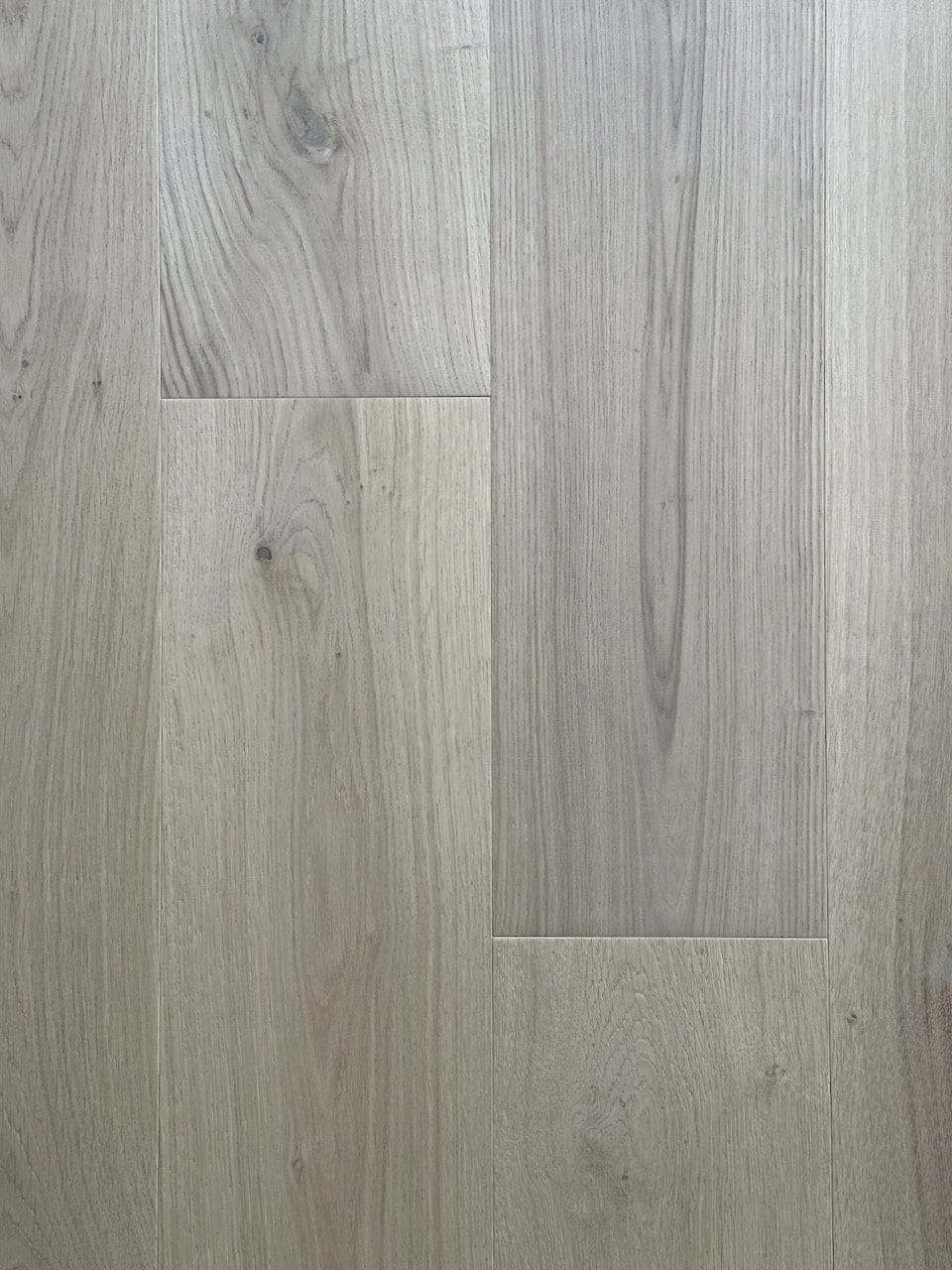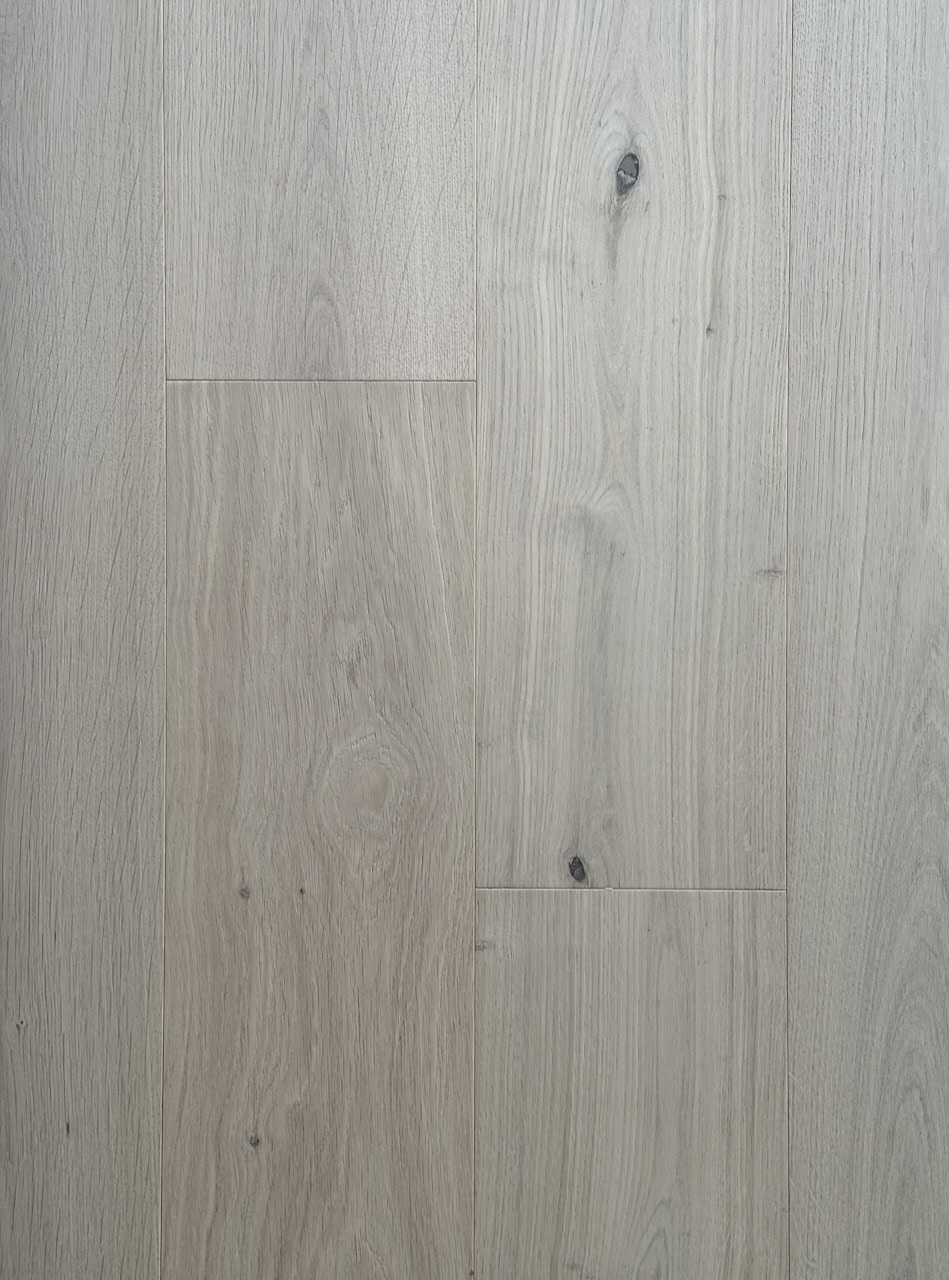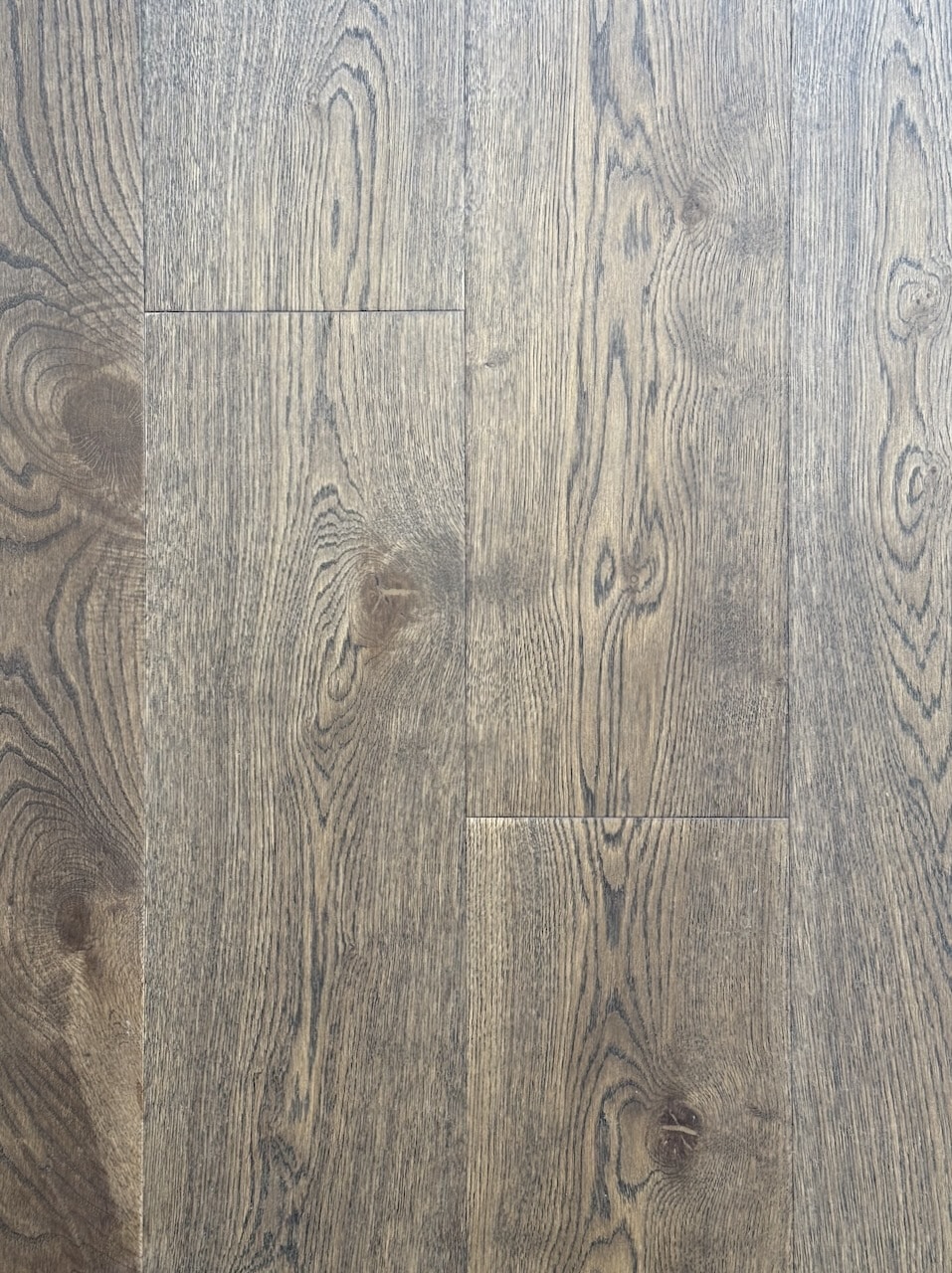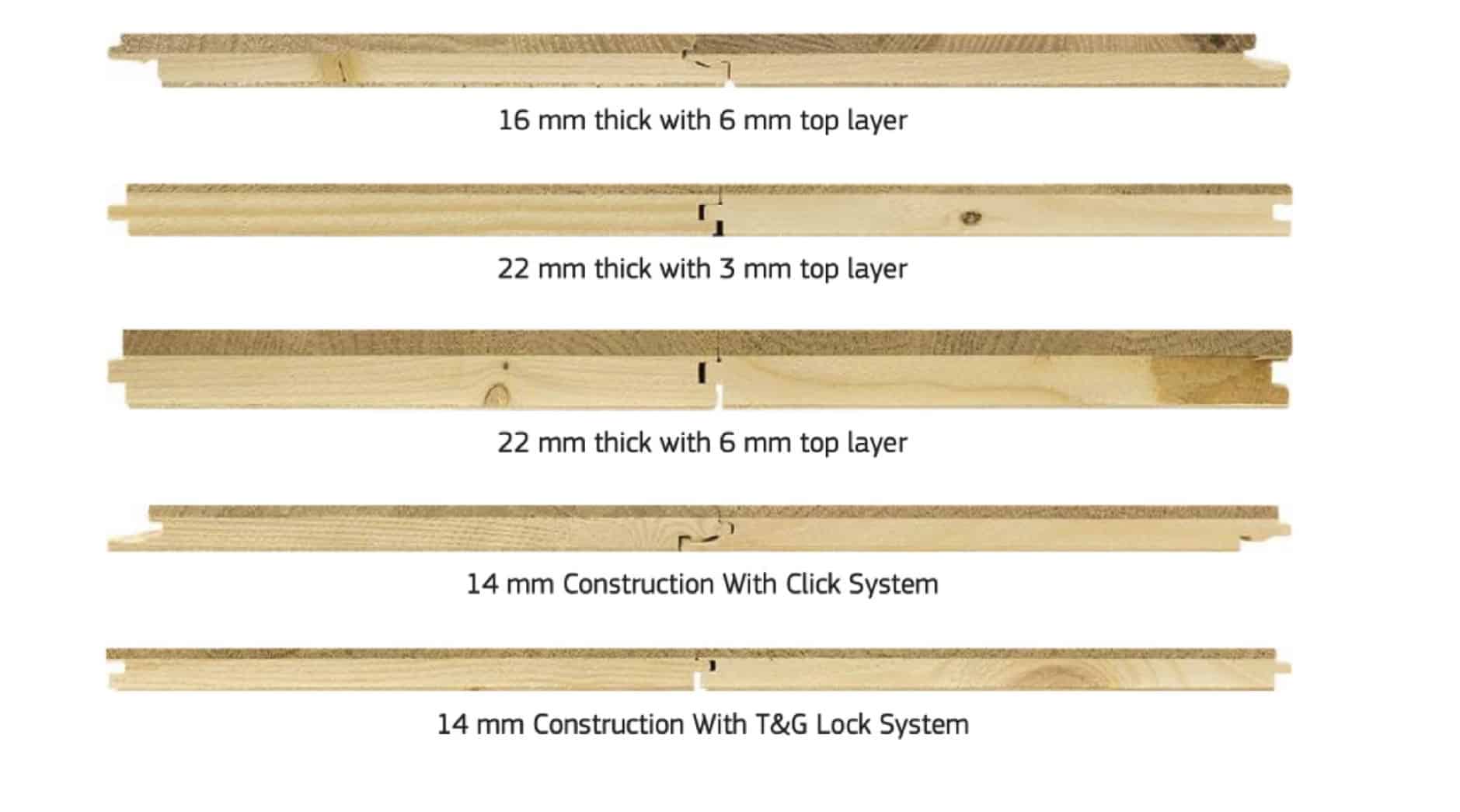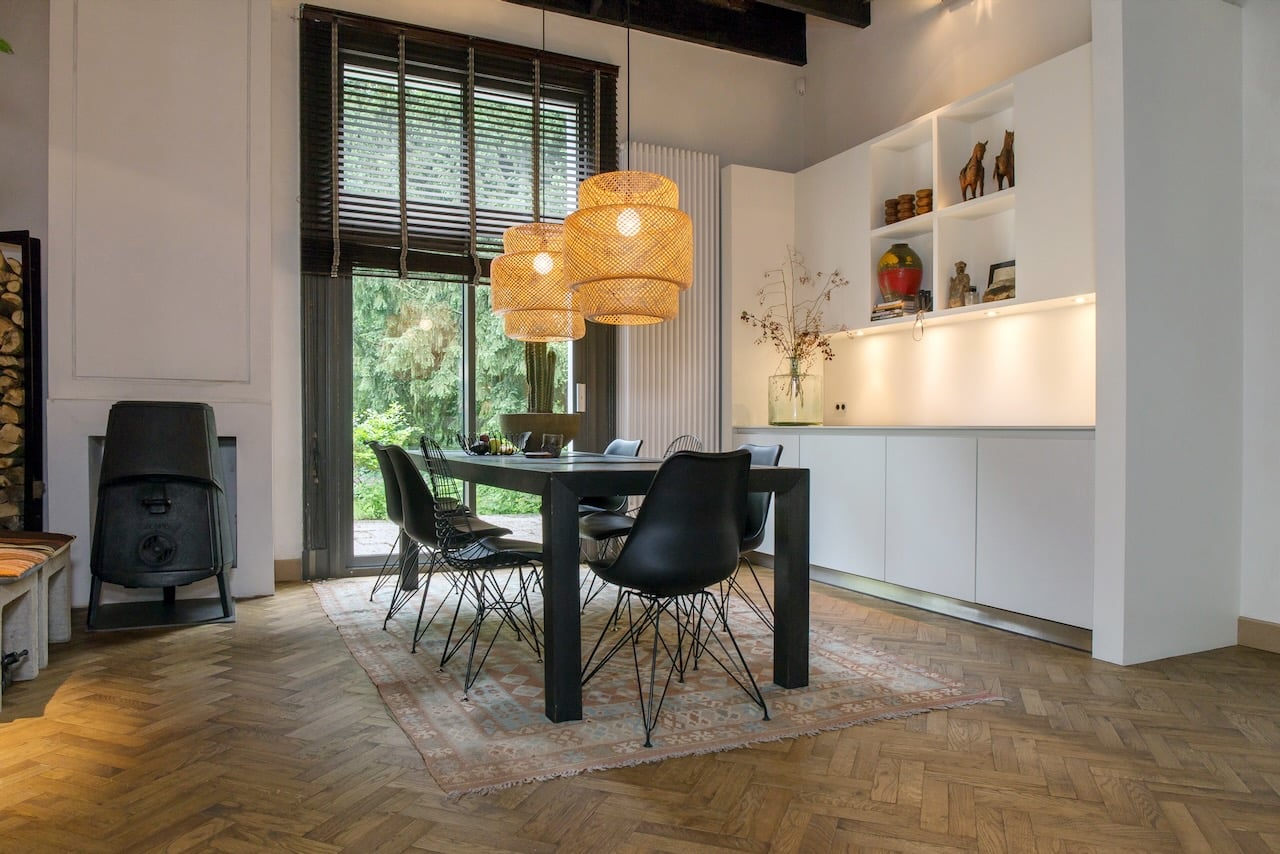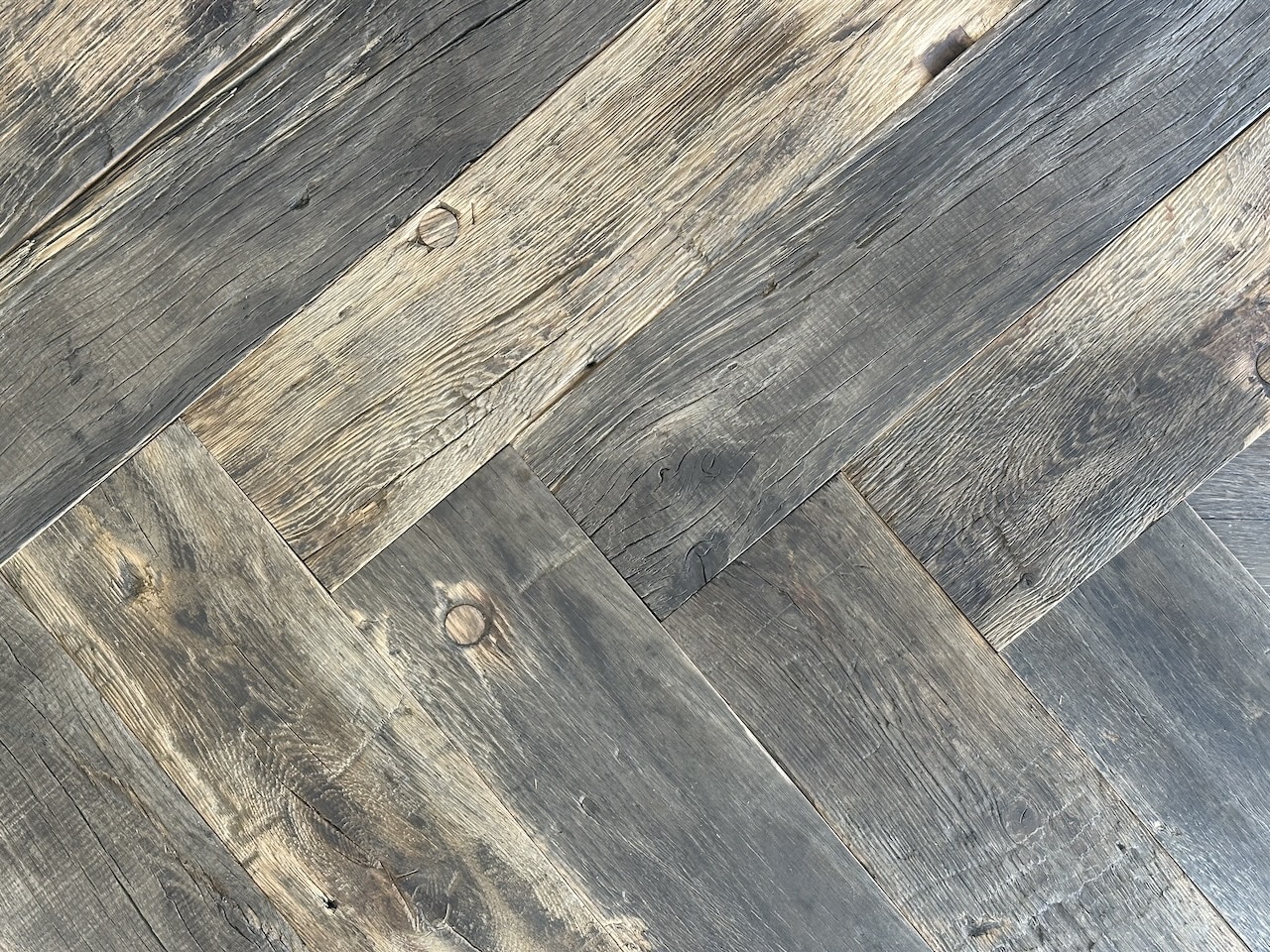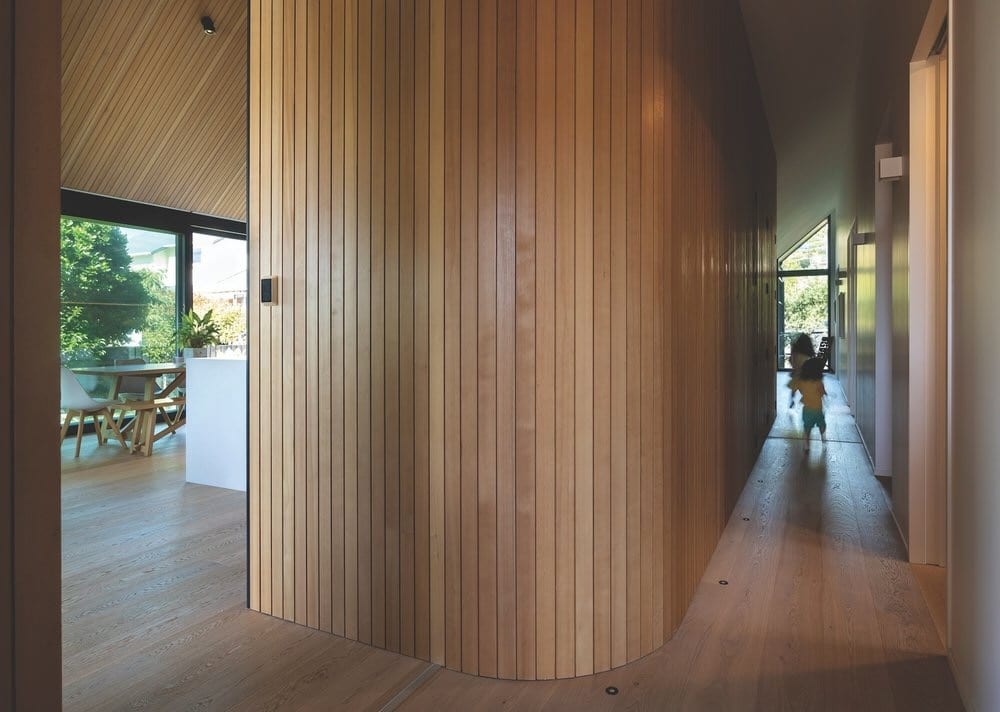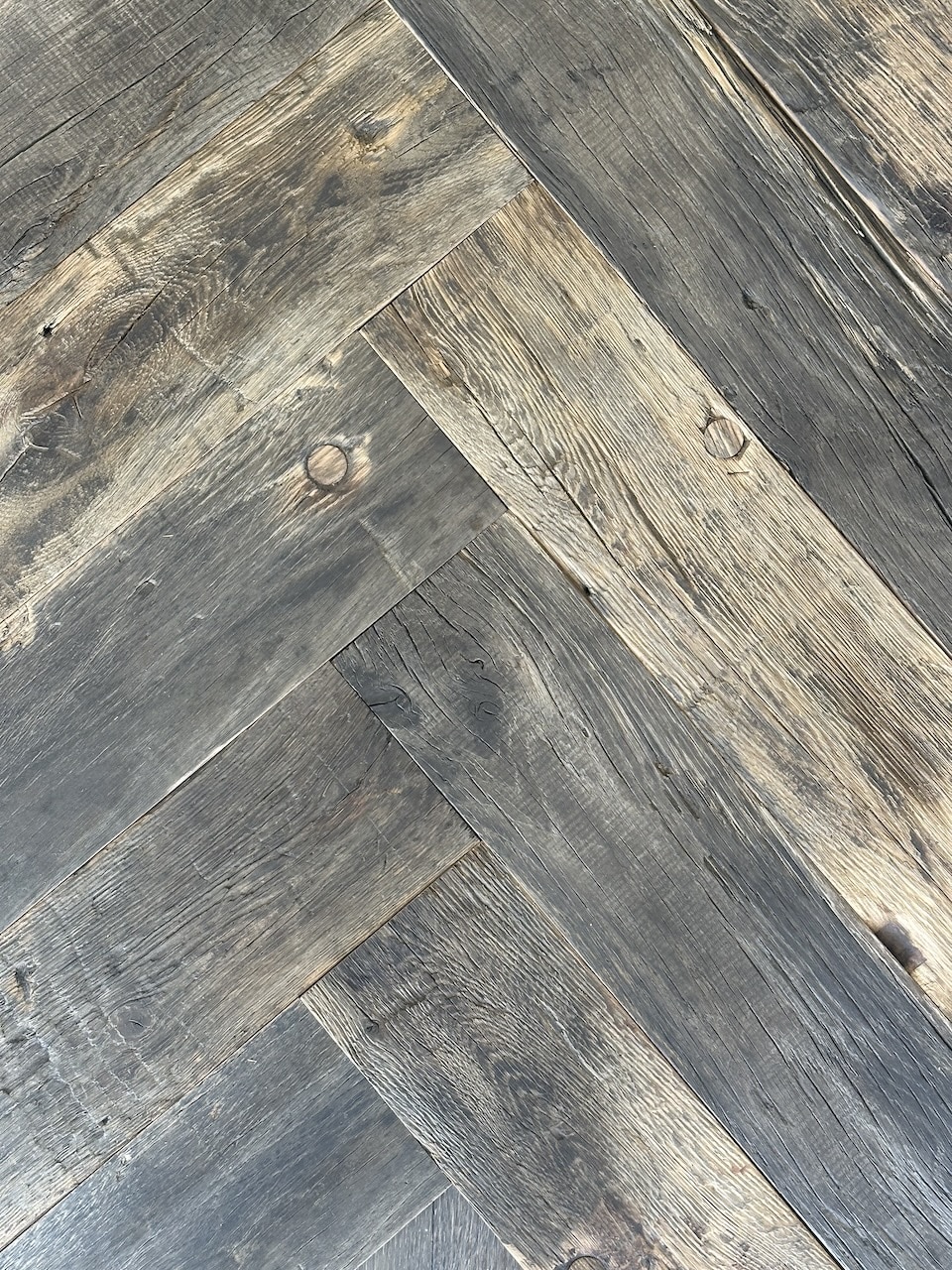Why Size Counts in Timber Flooring
Vienna Woods: Prioritising Quality and Aesthetics
At Vienna Woods, we uphold a strict standard: none of our engineered timber flooring products contain more than 17% short boards. Many of our collections, such as the Foundation Collection and Distilled Collection, feature fixed lengths, ensuring no short boards at all.
This commitment contrasts with the industry norm, where short board content is usually 25% or even 33% (and sometimes more). Excessive short boards can disrupt the visual harmony of a floor, especially in open-plan spaces.
The Rationale Behind Short Boards
Manufacturers include short boards for several reasons:
-
Maximising Timber Yield: Utilising shorter lengths reduces waste during production.
-
Cost Efficiency: Short boards are less expensive to produce and transport.
-
Installation Flexibility: Shorter boards can be useful in smaller spaces or for starting rows.
However, overuse of short boards can compromise the floor’s aesthetics and integrity.
The Impact of Excessive Short Boards
Aesthetic Disruption
A high percentage of short boards can lead to a fragmented appearance, breaking the continuity of the wood grain and making spaces feel cluttered.
Increased Head Joints
More short boards mean more joints, which can be visually distracting and may affect the floor’s stability over time.
Installation Challenges
Incorporating numerous short boards can complicate the installation process, potentially leading to increased labour costs and material wastage.
The Advantage of Longer Boards
Longer boards offer several benefits:
-
Enhanced Visual Flow: They create a seamless look, ideal for open-plan designs.
-
Reduced Joint Visibility: Fewer joints mean a cleaner appearance.
-
Reduced Waste/ Cost: Long boards can provide more efficient consumption of material without compromising on aesthetics.
Vienna Woods’ Commitment to Excellence
Our dedication to quality is evident in our product offerings:
-
Foundation Collection: Features fixed-length boards for a uniform look.
-
Distilled Collection: Offers premium, European-made, long-length boards with distinctive finishes.
-
Icons Collection: Showcases unique designs with longer lengths and strictly controlled short board content.
- Petit Chateau: Shows that even cost-effective solutions can still offer quality where it counts (not more than 17% shorts).
- Chateau Collection: Extra wide and long planks with interesting stain options and no more than 17% shorts.
- Admonter: One of the best engineered flooring manufacturers in the world, Admonter offers strictly fixed lengths only.
Key Considerations When Selecting Timber Flooring
When evaluating timber flooring options, consider the following:
-
Short Board Percentage: Aim for products with less than 17% short boards.
-
Board Lengths: Consider appropriate plank size for the length of your space.
-
Fixed-Length Options: If it fits with your budget, pt for collections offering fixed-length boards for consistency.
-
Manufacturer Standards: Choose suppliers adhering to recognised quality standards.
Board length isn’t just a technical detail—it’s a design decision that affects the feel, flow, and finish of every space. Whether you’re specifying for a high-end residential project or curating textures for a commercial interior, understanding how short boards impact the outcome gives you a sharper edge. At Vienna Woods, we’re always happy to talk shop. If you’re navigating flooring choices for a project, or just want to understand the finer details of what sets premium engineered timber apart, we’d love to hear from you.
